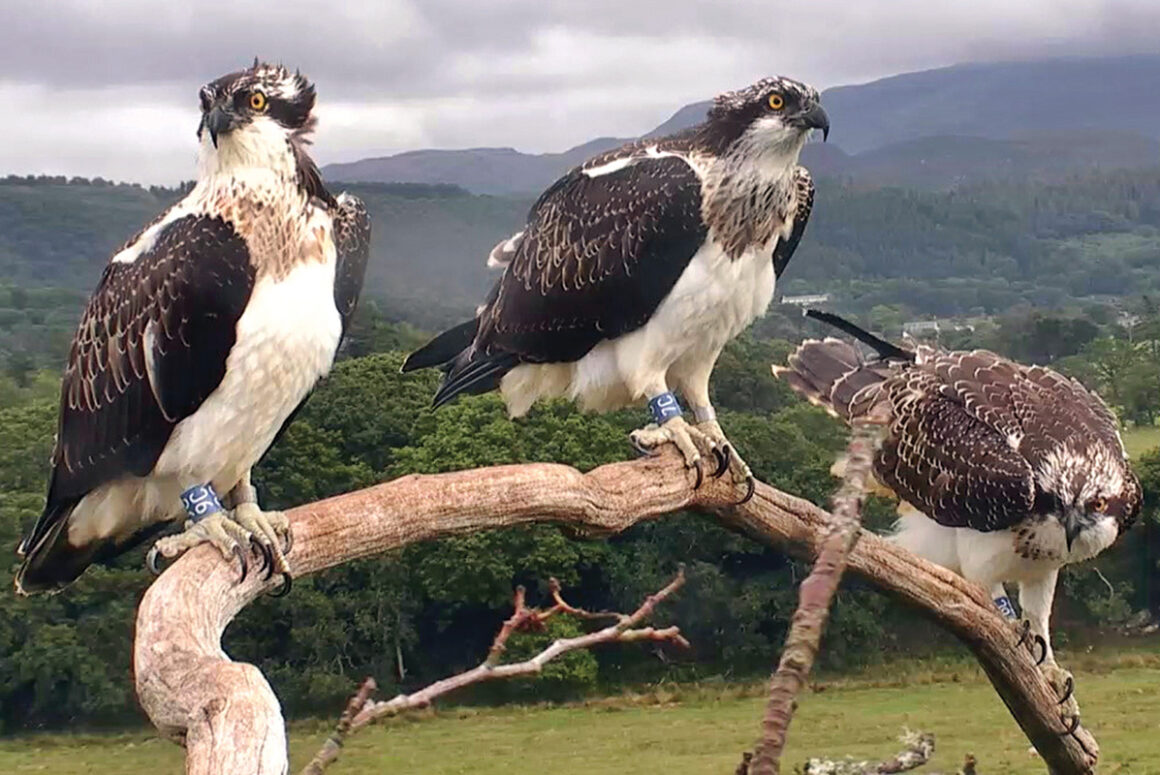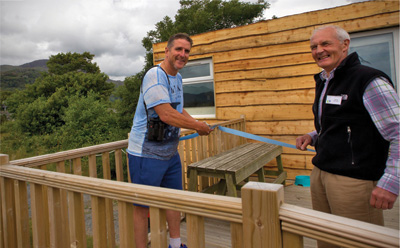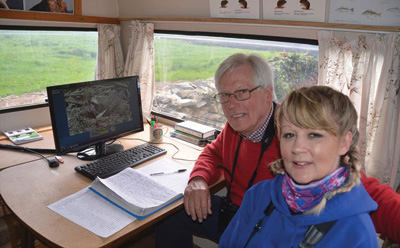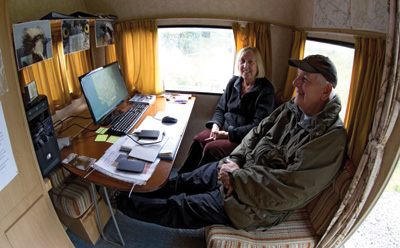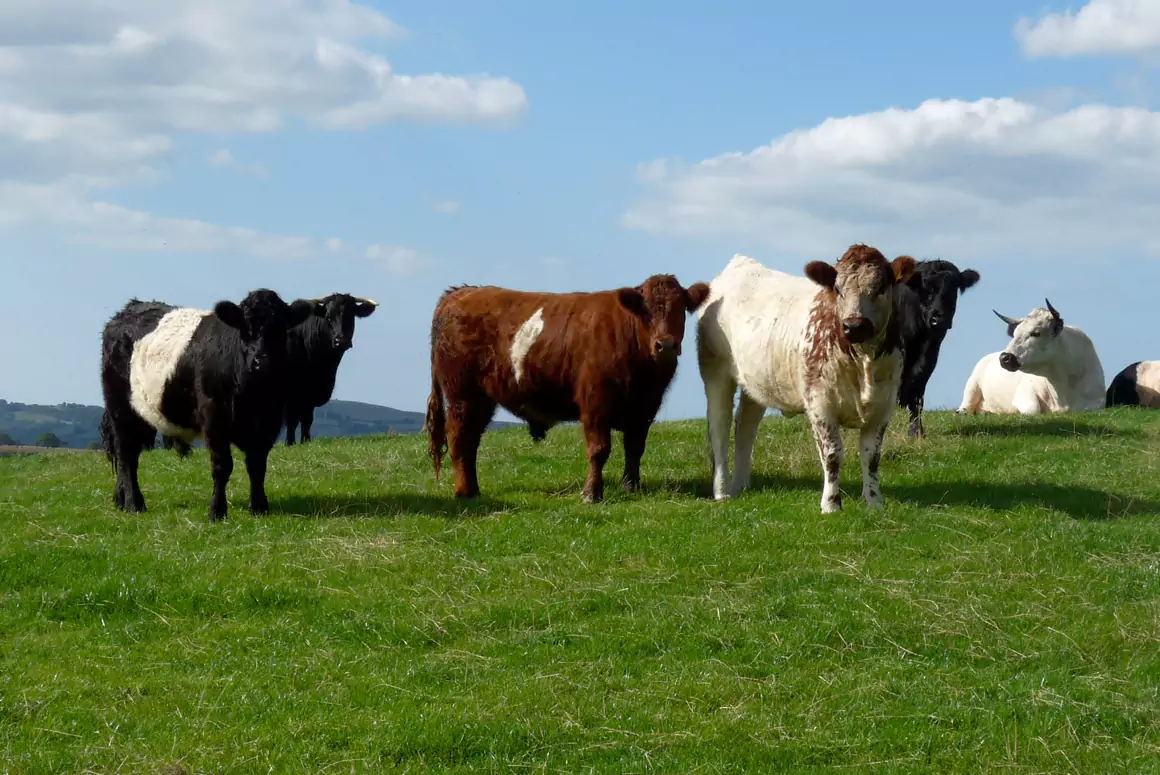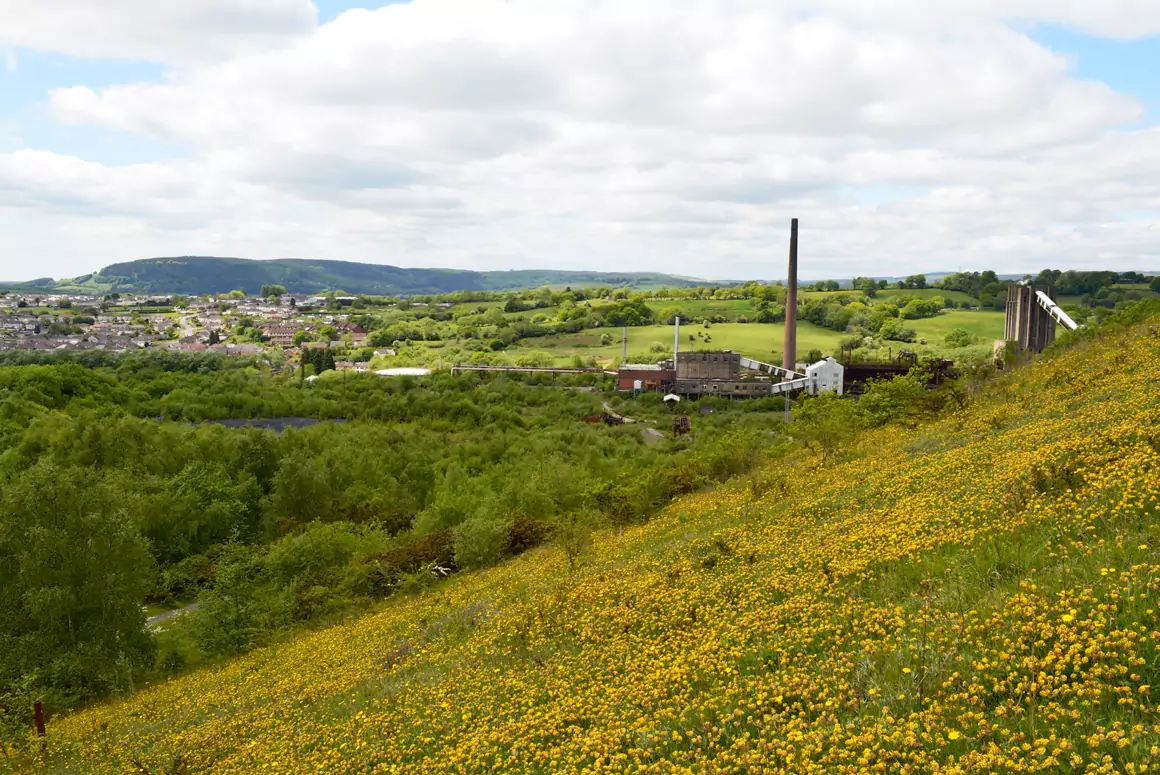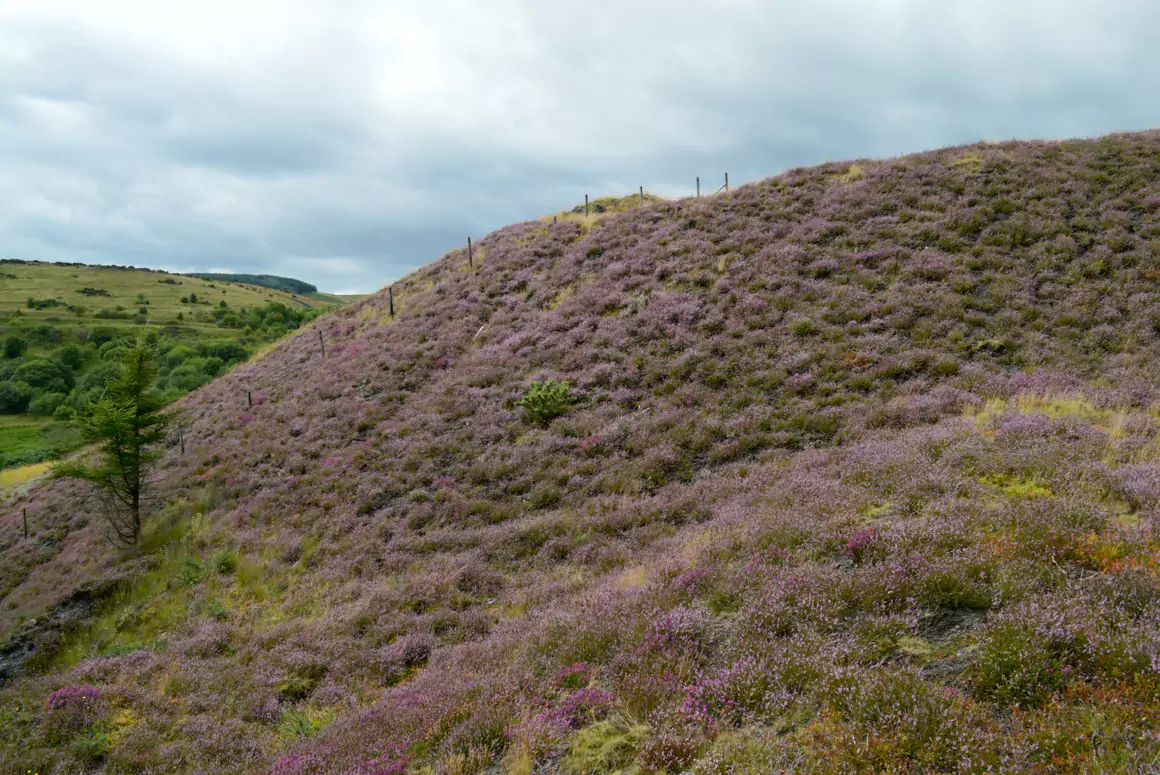![]()
Hidden in the dramatic Glaslyn Valley of north Wales you can find possibly the greatest Welsh wildlife success story of recent years: a pair of breeding ospreys (Pandion haliaetus).
Ospreys are fish-eating birds of prey whose diet led to them being hunted and killed throughout the Middle Ages. In Victorian times ospreys in the British Isles were relentlessly persecuted by gamekeepers, egg collectors and trophy hunters. Additionally, the pressure of habitat loss during this period resulted in the total extinction of the species in Britain. The last known pair nested in 1916 on an island on Loch Loyne in the north-west Highlands of Scotland.
During the mid-1950s ospreys began to re-colonise the Scottish Highlands and, in 1959, a pair bred successfully at Loch Garten near Aviemore in the Cairngorms. Almost immediately, however, persecution by egg thieves threatened their future.
The Royal Society for the Protection of Birds (RSPB) decided to open the osprey site to the public and provide a ‘Watch Point’. That season, there were 14,000 visitors hoping to see the birds, highlighting the huge national interest in this conservation story. Eventually ospreys began to re-establish themselves as a British breeding species, primarily in Scotland but, later, elsewhere in England and Wales.
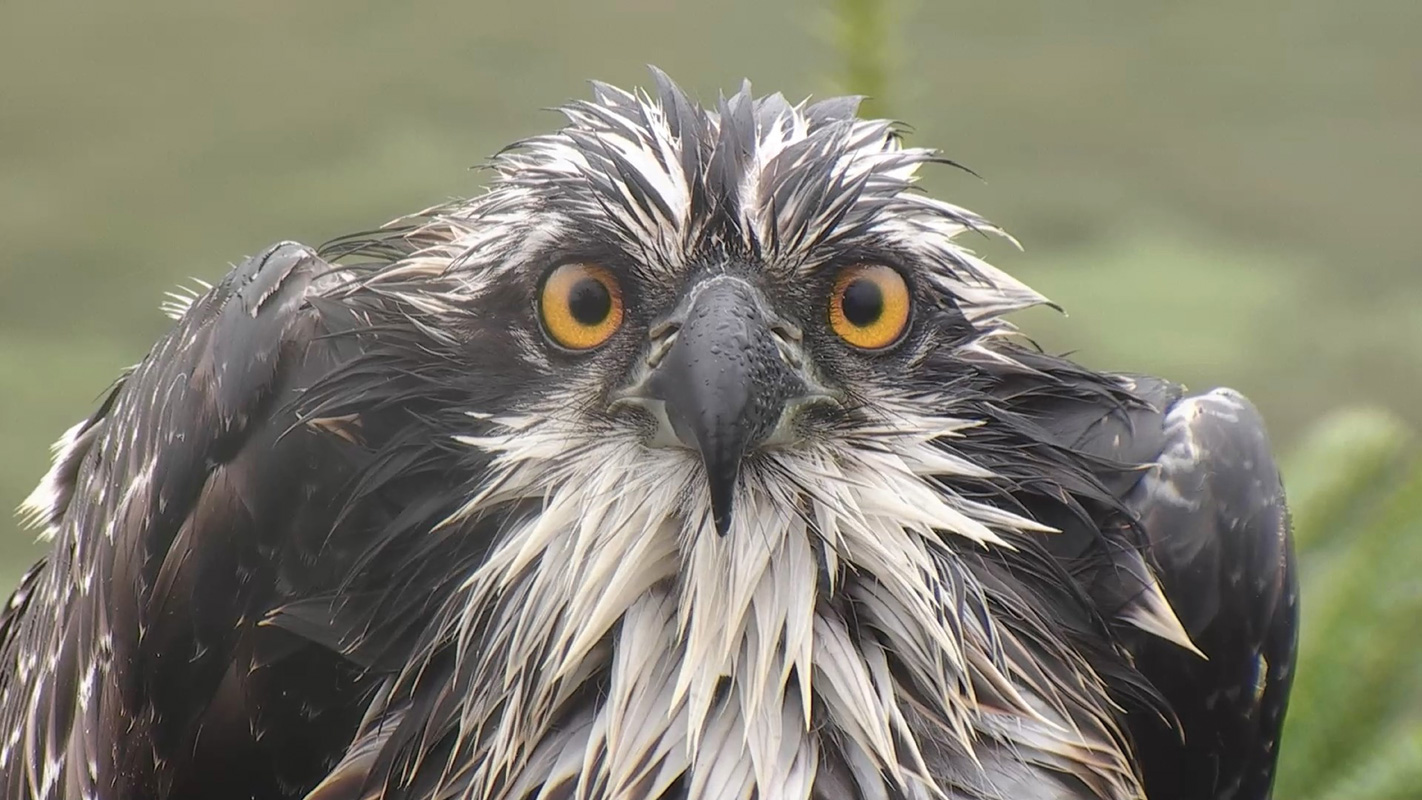
Ospreys have been breeding in the Glaslyn Valley since 2004, the first occasion that this iconic species had been officially recorded as breeding in Wales. There is strong evidence, however, to suggest that they were a native breeding species in the past. Once the nest had been discovered, the RSPB set up a protection site and a public viewing area at Pont Croesor which remained until 2012 when the management of the project was taken over by Bywyd Gwyllt Glaslyn Wildlife (BGGW) which, in 2017 was granted charitable status.
British ospreys are ringed as chicks – small, individually numbered metal and plastic ‘rings’ are attached to the legs for identification purposes. The resident Glaslyn female is unringed and her origins are unknown – she is affectionately referred to as Mrs. G, short for Mrs. Glaslyn and she has bred at the Glaslyn site each season since 2004. Things did not go well in the first year of breeding as, during a summer storm, the nest was blown out of the tree and two chicks perished. During the following winter, after the birds had left for Africa, it was replaced by a man-made nest. The ospreys returned in 2005 and immediately accepted the new nest. To date, Mrs. G has hatched 37 live chicks, 33 of which have successfully fledged. We are aware that five of these fledglings are now breeding at nests elsewhere in Britain and we know of 62 ‘grand chicks’.
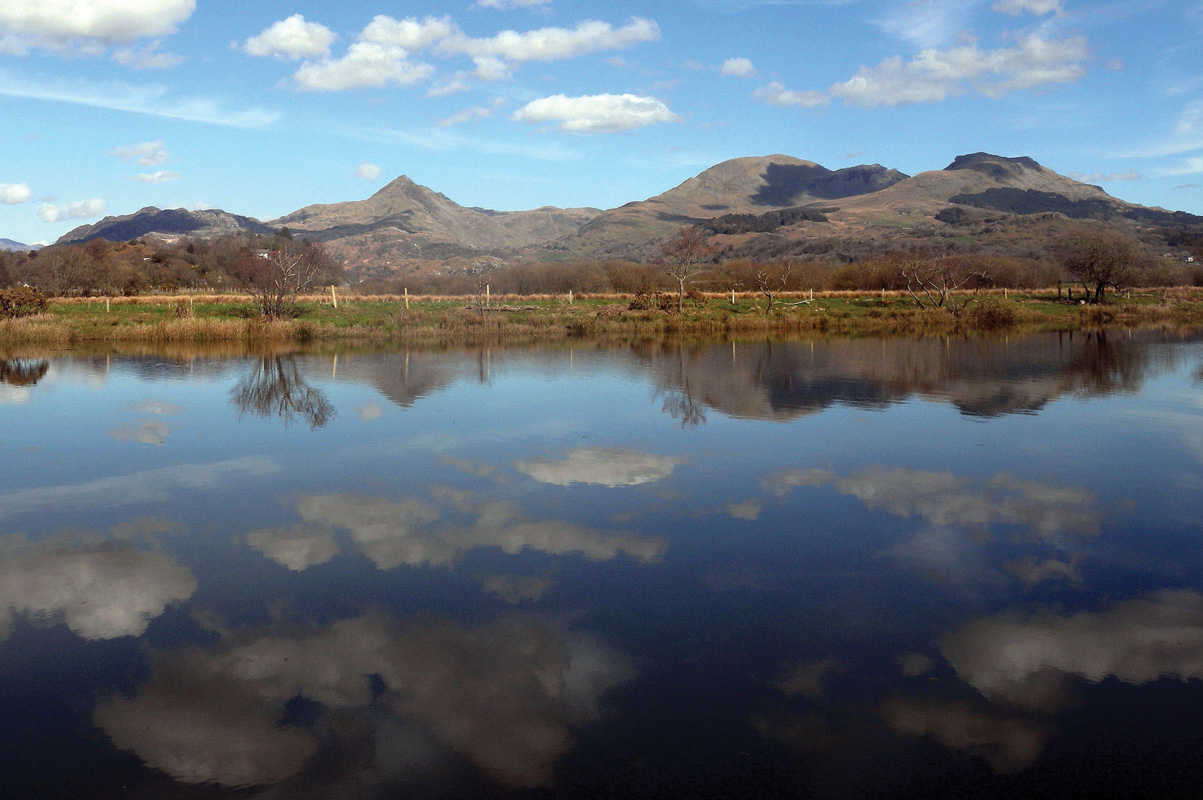
Mrs. G’s mate was an osprey that had hatched near Aviemore and which was identified by an ochre coloured leg ring with the legend 11. In 1998, he had been part of a translocation project whereby healthy chicks were removed from established nests in Scotland and artificially fledged at Rutland Water in England. It was hoped that he would return from migration to breed at that site but instead he chose to nest in the Glaslyn Valley where he bred successfully for eleven years. Sadly, in the Spring of 2015 he failed to return from his winter migration. His legacy lives on, however, through his offspring and his ‘grand-chicks’.
Having waited for her long-term mate to return, Mrs. G attracted and rejected several potential suitors, including one of her male offspring, born in 2012. (Following ospreys is a bit like watching a soap opera!) On the 30th April in 2015, late in the breeding season, she accepted a new mate and was soon incubating two fertilised eggs. The new male, named Aran after one of the mountains that can be seen from the Visitor Centre, soon won his way into the hearts of the followers and volunteers at Glaslyn by demonstrating that he was a capable provider for his young family. Aran is a skilled fisher and amongst the fish he has brought back to the nest are grey mullet, garfish, mackerel, sea bass, trout and flounder.
During the summer months, ospreys can be seen regularly hunting for fish above the estuaries around Porthmadog and the surrounding coast – if you are patient and very lucky you may spot one as it dives into the water and rises again with its prey in its talons.
BGGW is a community-led conservation charity which relies upon visitor and follower support in order to be able to protect and promote wildlife in the Glaslyn valley. There is a purpose-built Visitor Centre at Pont Croesor, which stands alongside the beautiful Afon Glaslyn and is set against the stunning backdrop of Snowdonia. A team of knowledgeable volunteers is on hand to tell the story of the Glaslyn ospreys, answer questions and help visitors use the telescopes to get a close-up view of the nest. Live images from the osprey nest are broadcast directly to the Visitor Centre from four different nest-cameras.
As well as breeding ospreys, during spring and summer, there is the chance to see red kites soaring in the skies, to spot peregrine falcons, hen and marsh harriers hunting for prey or even watch otters in the river. In winter, the area is home to the largest herd of whooper swans in Wales.
The site is continually being developed and last year, with funding from Tesco’s ‘Bags of Help’ scheme, an outdoor classroom area was designed and created by a local artisan craftsman, enabling visiting school children to have a place to sit whilst learning about wildlife and the great outdoors. The purpose-built table and seating include carvings of ospreys and the names and profile of the local mountains are also shown on the panels of the locally-sourced oak. The circular table has direction pointers showing the distance to various places including Gambia, where many ospreys spend their winters.

The oak panels also make reference to the Mabinogion, a collection of eleven tales of early Welsh literature that draws upon the mystical word of the Celtic people intertwining myths, folklore, tradition and history. During 2018 carved benches demonstrating ‘shapeshifters’ inspired by the Mabinogion, will be added to complete the outdoor classroom area. A wildflower area is also planned which will provide vital habitat for insects, bees and other wildlife.
Pont Croesor is located on the site of ‘Traeth Mawr’, the former tidal estuary of the Afon Glaslyn, reclaimed when William Madocks built the Porthmadog Cob in 1811. The Viewing Centre is built on a floodplain which is regularly inundated and any development on the site must always take that into account.
As well as looking after the Visitor Centre, a team of protection volunteers keeps watch over the nest. During the incubation period the nest is guarded around the clock as, although the threat from egg thieves is not thought to be as great as it once was, it is still a risk. The greatest danger now, is disturbance by walkers getting too close and causing the adults to leave the nest, putting the eggs at risk from predation by crows and grey squirrels.
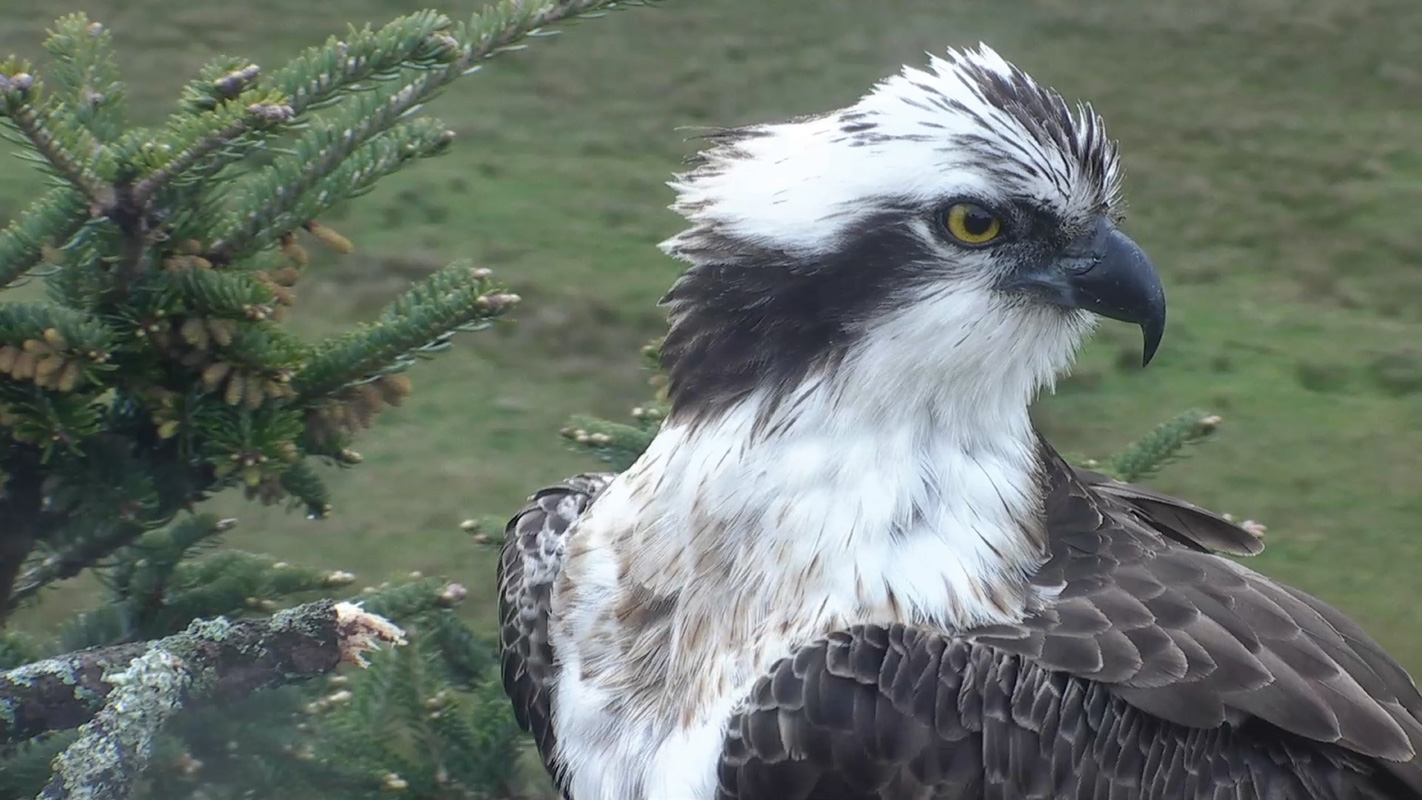
The Visitor Centre is open daily between 10.00 and 17.00 from the day the ospreys return from migration until they leave us in late summer. Light snacks and refreshments are available in the café area. Please note that while there is no admission charge there is a suggested donation of £2.50 per adult. Dogs on leads are welcome.
You can also keep up to date with the goings-on in the osprey nest as pictures are live-streamed via the internet throughout the period the ospreys are present.
For the latest news and details of opening times and to find the link to the live-streaming please check our bi-lingual website at: www.glaslynwildlife.co.uk.
You can also keep up to date with news via:
Facebook: @BywydGwylltGlaslynWildlife
Twitter: @GlaslynWildlife
We are always looking to welcome new volunteers to assist either at the visitor centre or the protection area. Why not give us a ring or write to us? Or, if you’re in the area after the ospreys are back in late March, call in for a chat at the Visitor Centre – we have jobs that would suit all abilities and interests. The Visitor Centre is clearly signposted and is adjacent to the Pont Croesor railway station on the Welsh Highland Railway line. If you are interested in helping, even for a couple of hours a week, then please telephone 07834 575008 or write to info@glaslynwildlife.co.uk. We look forward to hearing from you.


